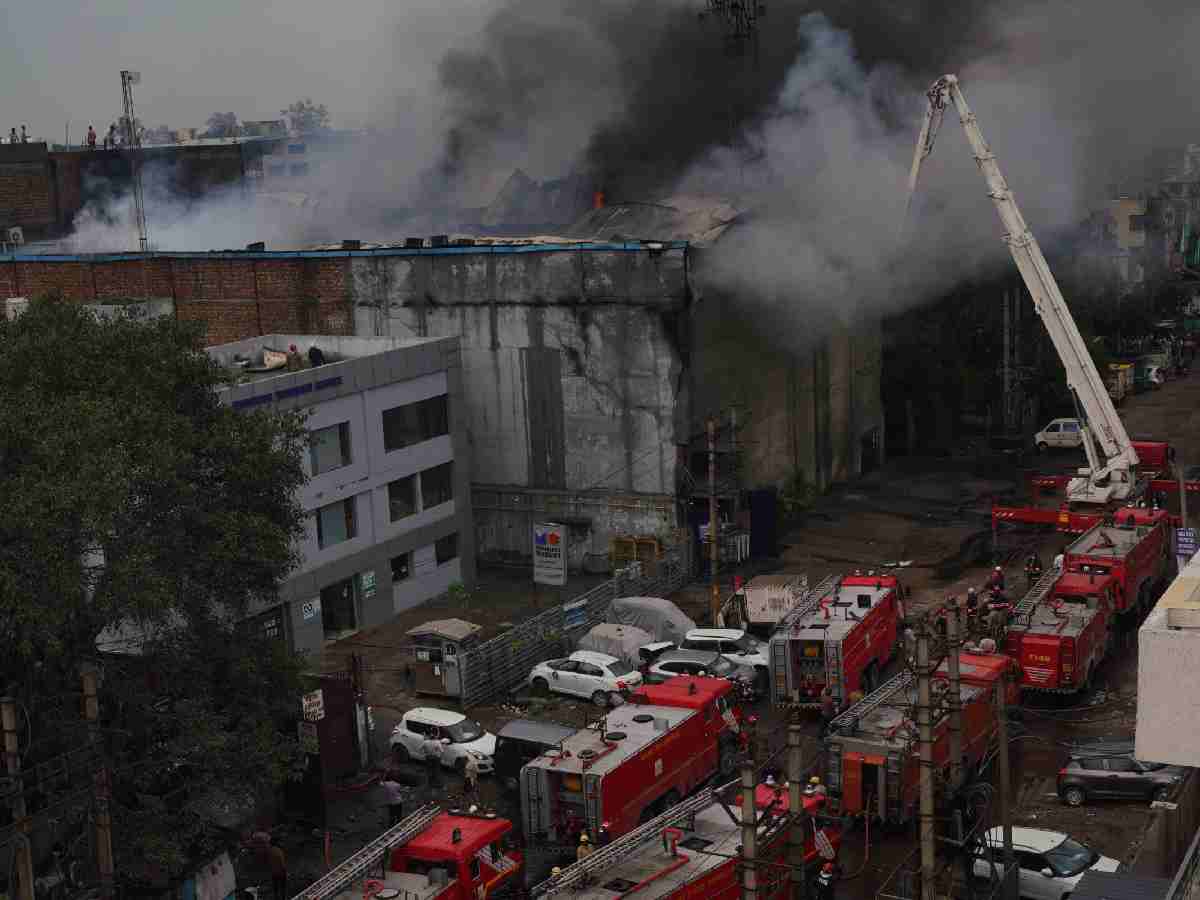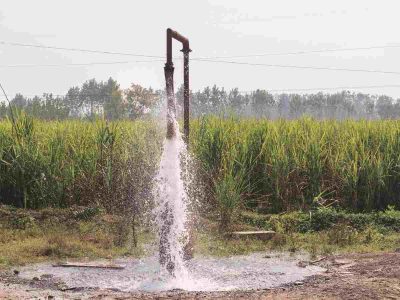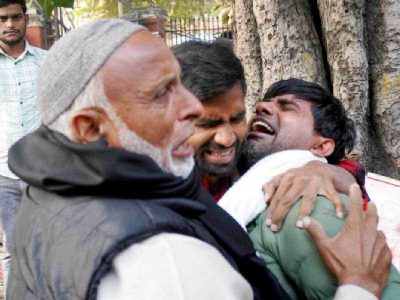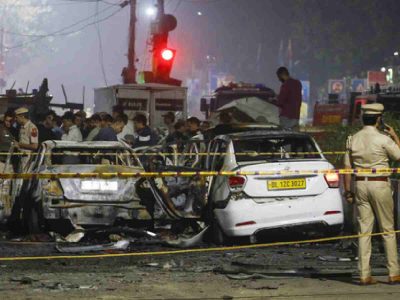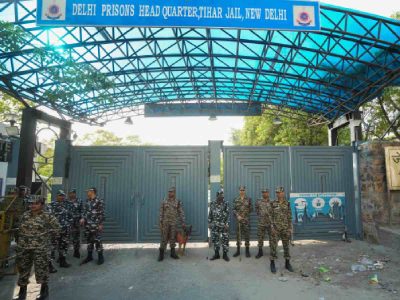Delhi, home to more than 1.6 crore people according to the 2011 Census, remains India’s second-most populous metropolitan area. As the city continues to expand, the need for safe and regulated residential infrastructure has become critical.
However, data from Delhi Fire Services (DFS) and several recent incidents point to glaring lapses in fire safety compliance across the city.
DFS records show that 164 cooperative group housing societies (CGHS) are operating without valid Fire Safety Certificates (FSC). In 2025 alone, 37 applications for FSC were rejected. The previous year saw 88 such rejections.
According to the National Cooperative Database, Delhi has 898 listed CGHS. This indicates that about 18.2% of them currently lack the minimum required safeguards against fire.
Regulatory requirements
Under the Unified Building Bye Laws (UBBL) 2016 and the Delhi Fire Service Rules, certain buildings in Delhi must obtain a No Objection Certificate (NOC) from DFS before beginning construction.
These include residential buildings over 15 metres in height or with ground plus four upper storeys (including mezzanine). Hotels and guest houses over 12 metres, and educational and institutional buildings exceeding nine metres must also comply.
The rule further applies to all assembly buildings, business buildings over 15 metres or with four upper storeys, and mercantile buildings over 9 metres.
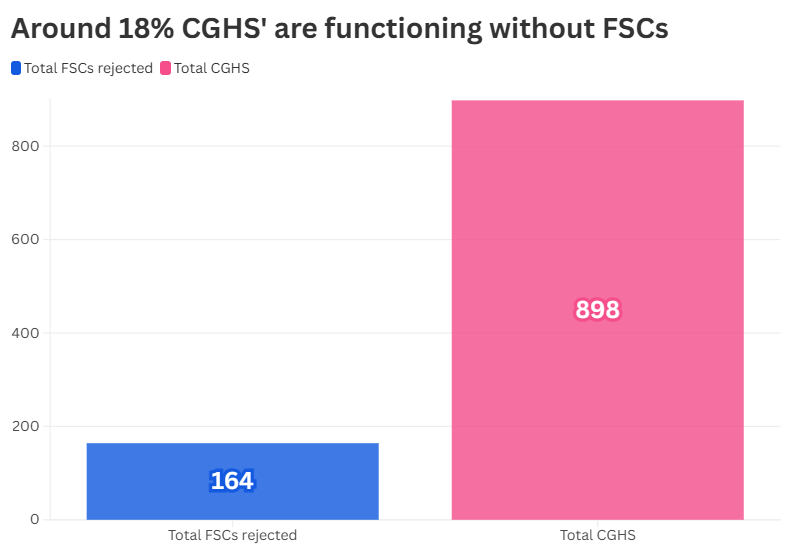 Industrial and storage buildings with a covered area above 250 square metres, hazardous buildings over 100 square metres, and all underground structures are also covered under this mandate.
Industrial and storage buildings with a covered area above 250 square metres, hazardous buildings over 100 square metres, and all underground structures are also covered under this mandate.
The submission process involves sending building plans to the local authority—such as the MCD, NDMC or DDA—which then scrutinises and forwards them to DFS. These must be accompanied by a duly filled Common Application Form (CAF), as per clause 2.8 of UBBL 2016.
For government buildings, a simplified process under clause 3.1.3 allows for direct submission. All plans must include fire and life safety systems in line with the National Building Code and Rule 33 of the DFS Rules.
This includes clear provisions for access routes, exits, compartmentation, smoke management, extinguishers, sprinklers, hydrants and more.
The CAF must also detail occupancy type, building height, number of floors, covered area, staircase widths, and fire protection systems. All entries are subject to validation.
To obtain the NOC, applicants must submit a reference letter from the local authority. For government buildings, a copy of the approved layout plan and a letter from the competent authority are needed.
Two sets of architectural plans marked with fire and life safety systems, layout and elevation drawings, sprinkler and smoke management plans with calculations must also be included.
These are reviewed by DFS’s Fire Prevention Wing for compliance with UBBL, NBC and international standards. If approved, one signed set of plans is returned to the local body, and the NOC is issued.
Also Read: Delhi Fire Services stretched thin with surge in distress cases
Yet, many buildings—including CGHS complexes—fail to submit adequate documentation or implement fire safety measures on the ground.
Violations in Dwarka
The Insurance Employee CGHS in Sector-7, Dwarka, was denied an FSC for the second time in a year due to unresolved safety lapses.
A DFS official noted that several deficiencies identified in an earlier inspection had not been rectified.
During the site visit, officials found the internal road around the building was blocked, hampering emergency access. Hose reel hoses and hydrants were not functioning, and fire pumps on the terrace were either inoperative or not set to automatic mode.
“Even the exit signage was missing in several areas,” the official added, describing the situation as dangerous.
Abhiyan CGHS in Sector 12, Dwarka, was found to be similarly non-compliant.
A DFS officer said that the mandatory six-metre-wide internal road was entirely absent. Staircases on the upper floors were just 110 cm wide—falling short of the minimum 1.25 metres. Basement staircases measured only 97 cm.
“These dimensions compromise safe evacuation routes,” the officer said.
These failures have caused mounting concern within DFS.
Rajesh Solanki, a firefighter, said that allowing buildings to function without FSCs poses constant danger. While the certificate does not eliminate all risks, it enforces minimum safeguards.
“There should be some penalty levied on them,” Solanki said. Without enforcement, he added, societies will continue to bypass rules. “As it is, once they get the FSC, they do not have to get it renewed for five years.”
A deadly reminder
On June 10, a fire broke out on the ninth floor of Shabad Society in Sector 13, Dwarka. Three family members—Yash Yadav, 40, his 11-year-old daughter Ashima, and his nephew Shivam—died after jumping from their balcony to escape the flames.
Videos showed the flat engulfed in fire and thick smoke. One clip captured the harrowing moment they leapt from the building.
Yadav’s wife was rescued and is undergoing treatment.
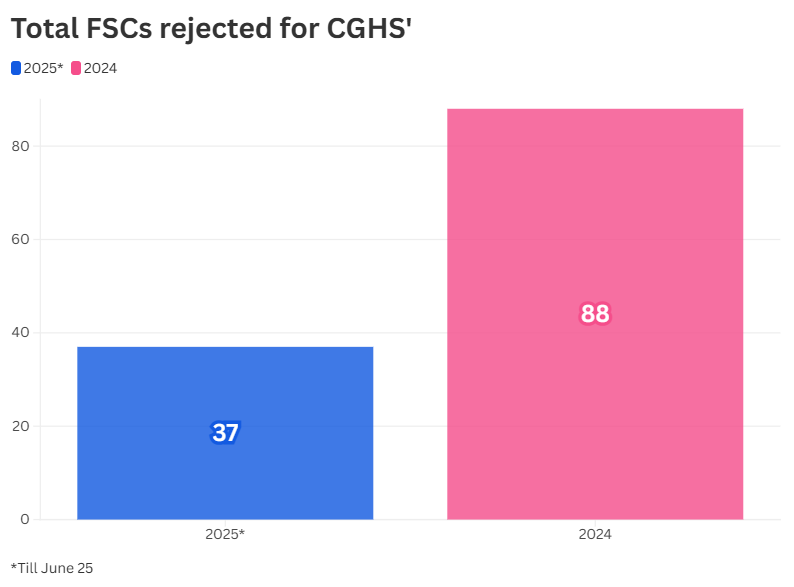 At the time of the incident, 12 people were inside the flat, including Yadav’s sister, her children and sister-in-law.
At the time of the incident, 12 people were inside the flat, including Yadav’s sister, her children and sister-in-law.
DFS received a call at 10:01 AM and dispatched 13 fire tenders. Five people were injured; three later succumbed.
An eyewitness, Amit Kumar, said he saw the victims shouting for help from the balcony. They were advised to move to the shaft area for rescue but were unable to do so and ultimately jumped.
Shabad Society, too, lacked basic fire safety infrastructure and did not have a valid FSC at the time of the tragedy.

